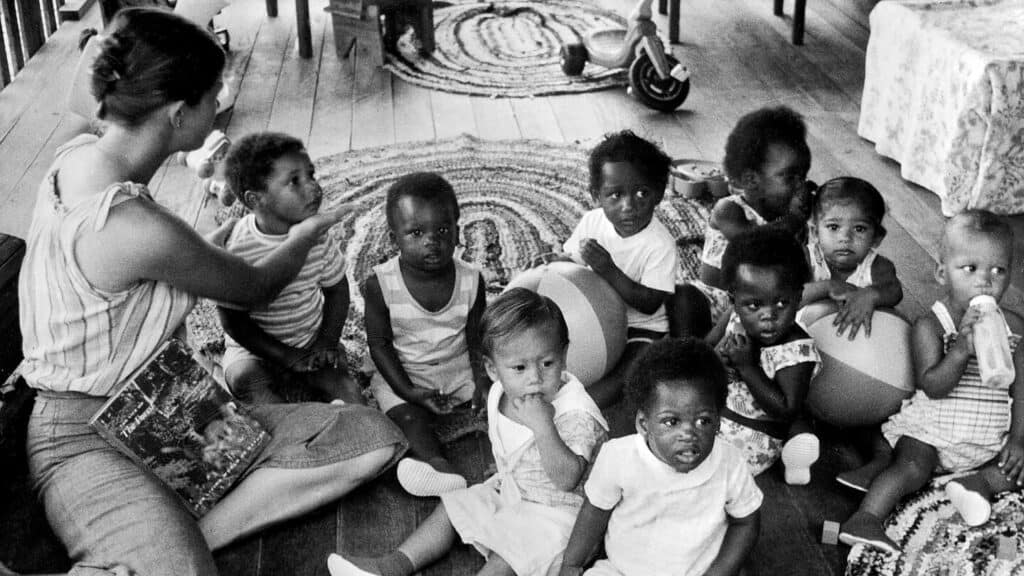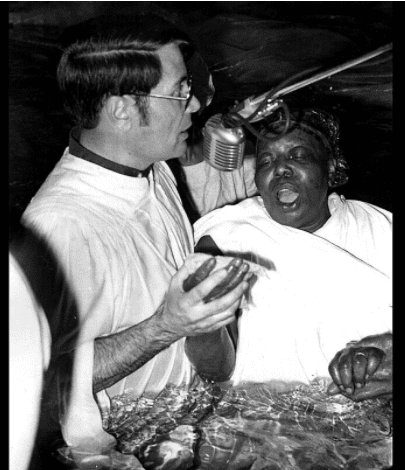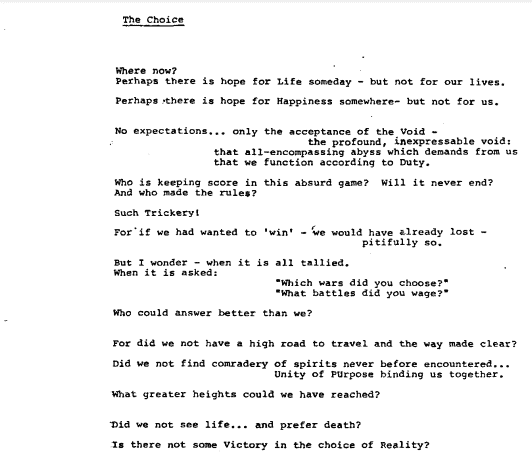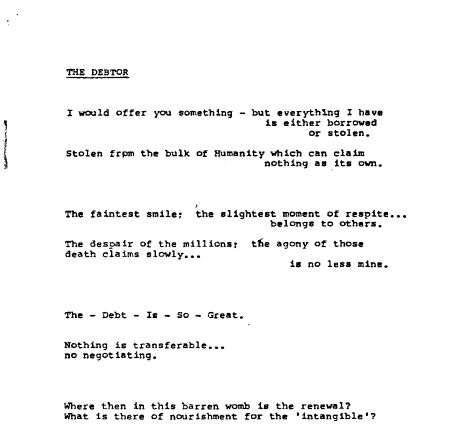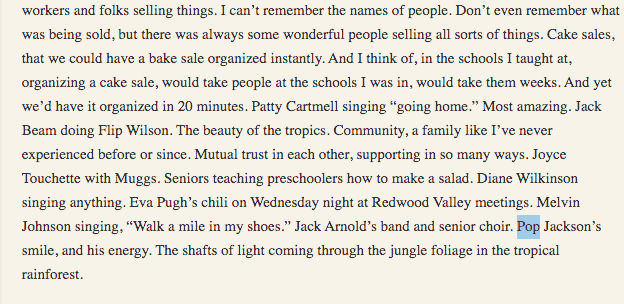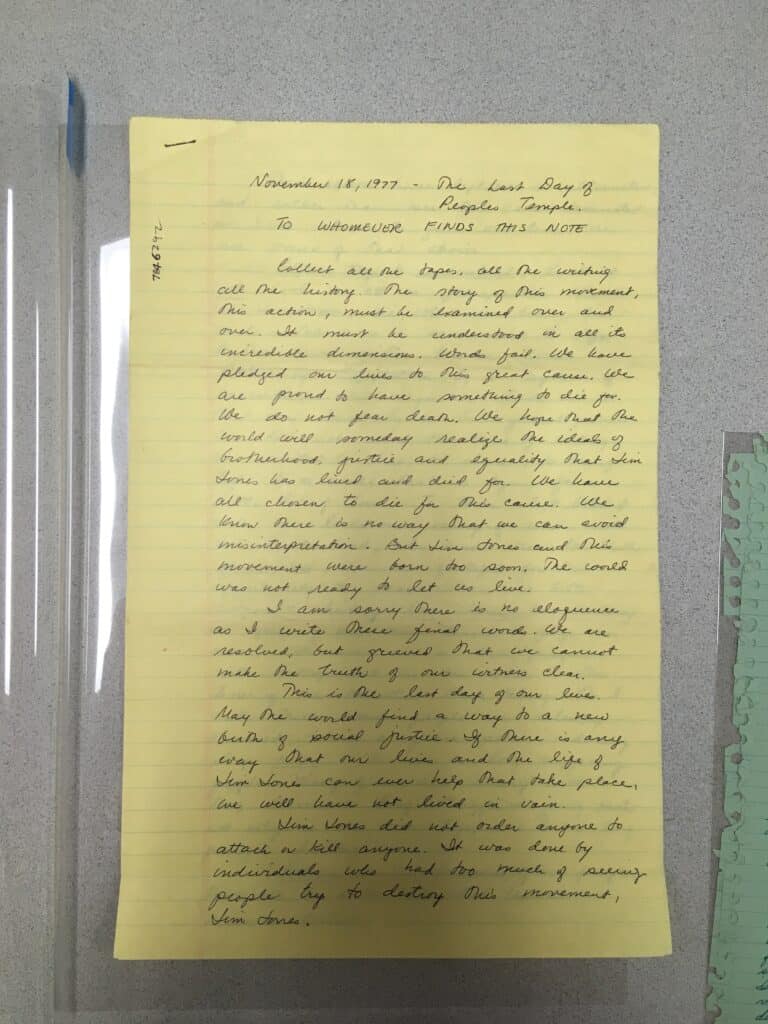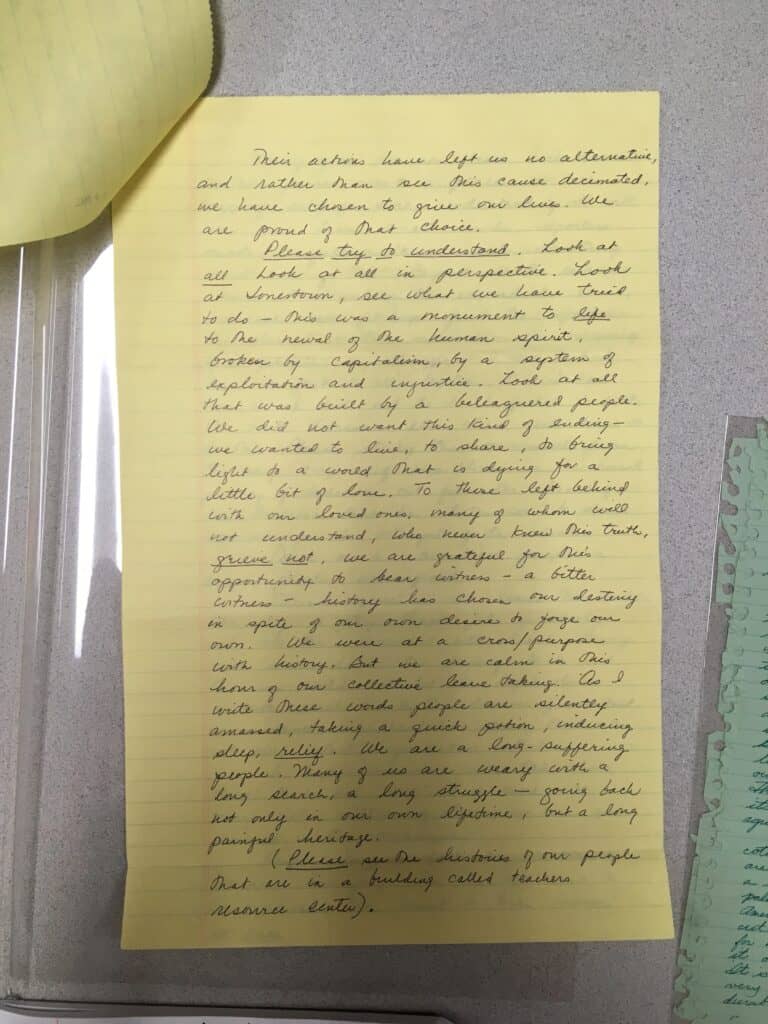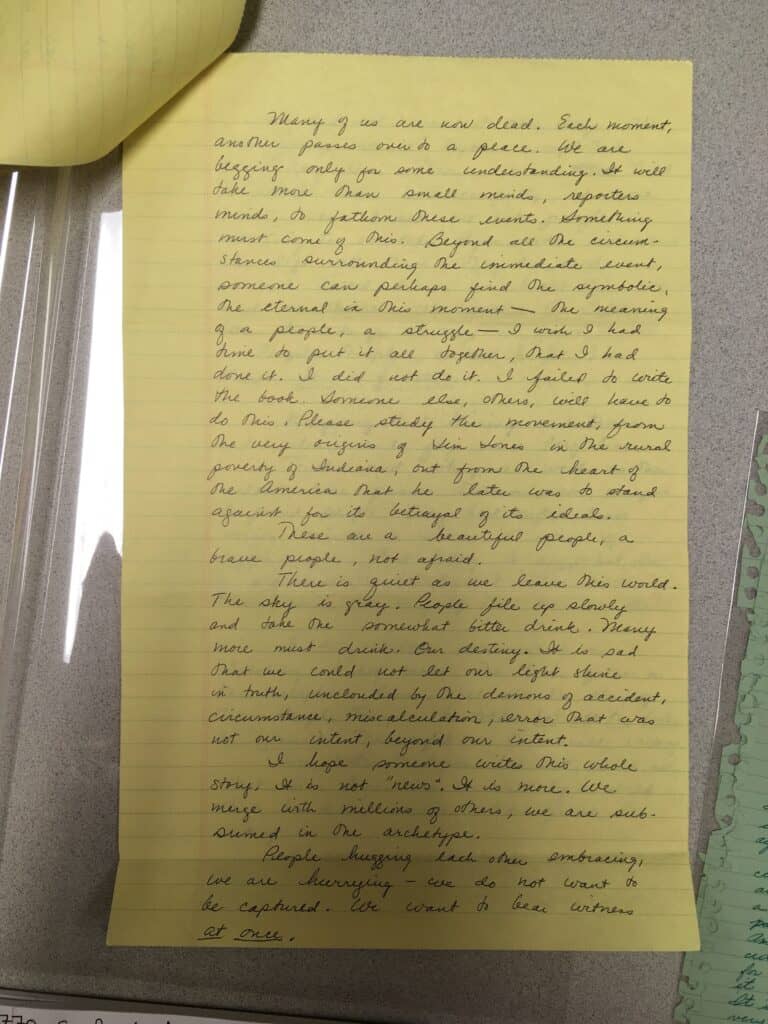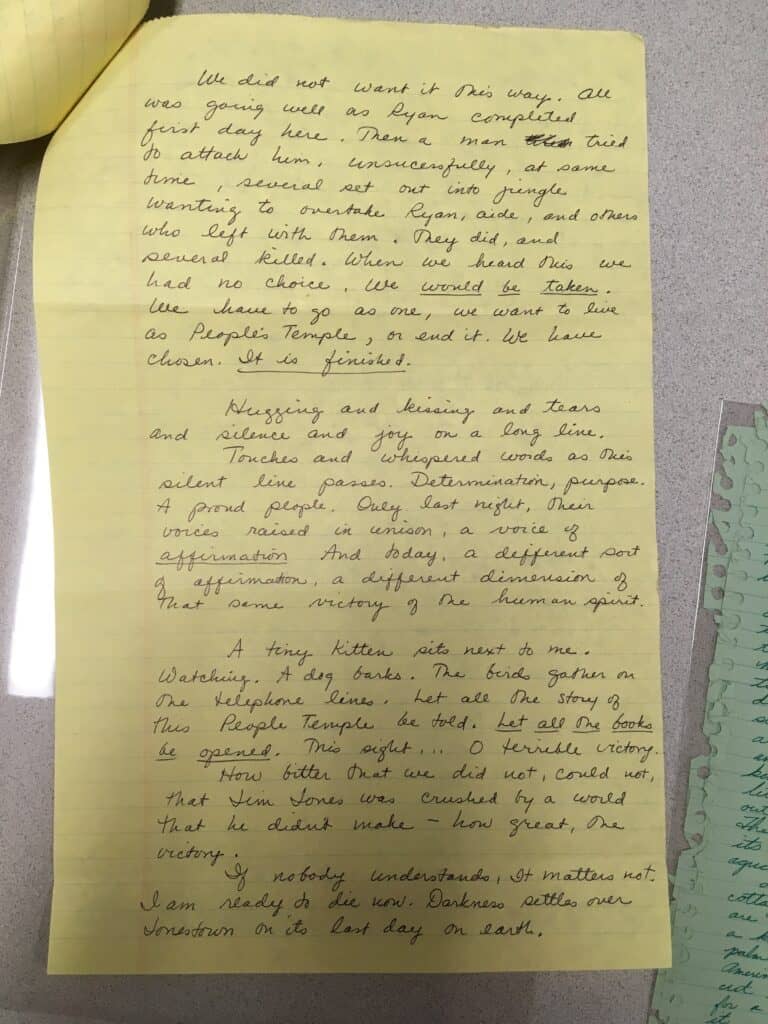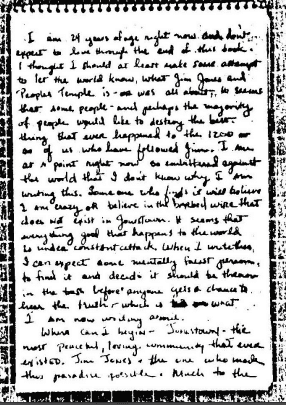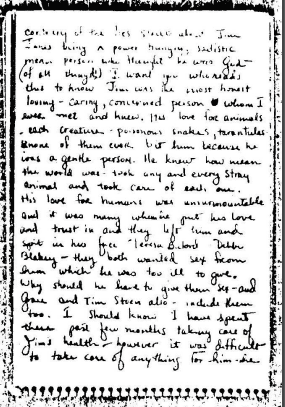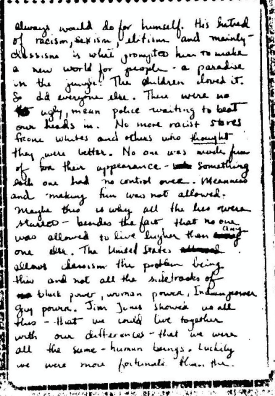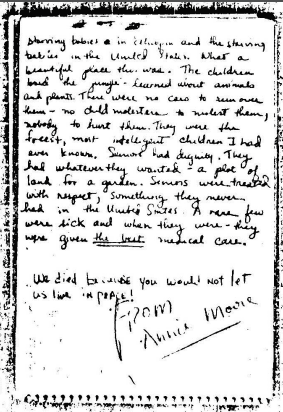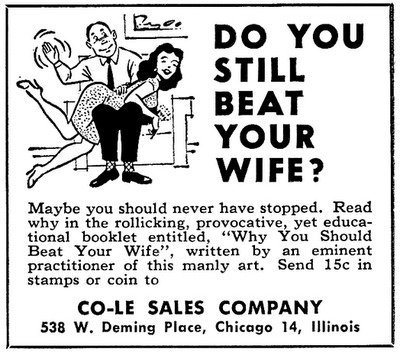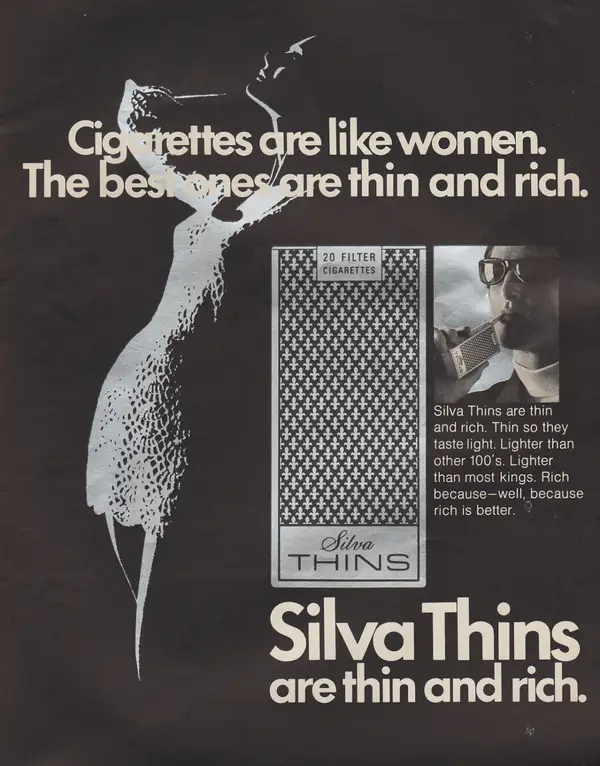Truth is stranger than fiction. History is a million and one tales exploring the mechanisms of the human experience. It is a tome of all genres, touching every other subject, weaving intimate webs of existence. It is for this reason I want to teach history. The opportunity to share stories and inspire eager ears is golden.
My main focus, both in this class and in my studies, is socio-cultural American history. In such a relatively short time, this country has gone through many incarnations. Globally, there are few places the American Empire has not touched. I have had the opportunity in this class to explore multiple facets of American history and the consequences behind the actions of the evolving country.
I began my portfolio in 1917 with the ‘Spanish Flu’ epidemic. I explored similarities to the current Covid-Pandemic and the things Americans both did and did not learn. There are many things that 2020 U.S.A. could have learned from its history with pandemics, but the past was largely ignored and forgotten.
From here, we step back a few centuries in time to the first thanksgiving. We examine ways in which the early settlers of what was to become the United States and the ideals these people carried with them. Racism, Sexism, Violence are all examined in this post as we examine the ideas behind ‘Manifest Destiny.’
After examining some of the origins behind American exceptionalism, we return to the 20th century with sexist advertisements of the 1950’s and 60’s. These ads and many more like them express violence and denigration towards women. It outlines clearly what a woman should be and the expectations of how and why they should behave. These attitudes continue to permeate American Society and can be seen throughout or society.
Speaking of the 50’s and 60’s, the United States would find itself in one of the messiest conflicts until this point in history: The Vietnam War. In this activity, I was able to deep dive into the American psyche through a camera lense. The mood of the country both during and after the war is highlighted in a series of films showing the evolution of the shifting perceptions within the country, and the consequences behind these events.
This leads me into my final project. A subject I find fascinating. The ultimate (and literal) death of the revolutionary dreams of the 60’s. In the late 70’s, a group of Americans fled to a Jungles in South America with dreams of creating a society equal among race, class, and gender. The social experiment of Jonestown claimed the lived of over 900 people, most of whom left the United States looking for a better life for themselves and their families. This movement is fascinating to me because it shows the side of history that is rarely taught in classrooms. It tells the dark tale of what happens when Americans feel their country has failed them.
As we move into an America more divisive than ever, studying the actions of human beings hopefully will teach us to remember the past and learn from it. Examining these historical events allows the learner to see life from the ground up, instead of the other way around. It looks at people and their response to events. I loved being able to further explore these stories and travel through time to see through the eyes of Americans. I wish to share this interest and these passions with students. By providing intersting and relevant source materials, history can come alive. It becomes real. Truth is stranger than fiction, after all, and how better to discover it than through the eyes of its people.




